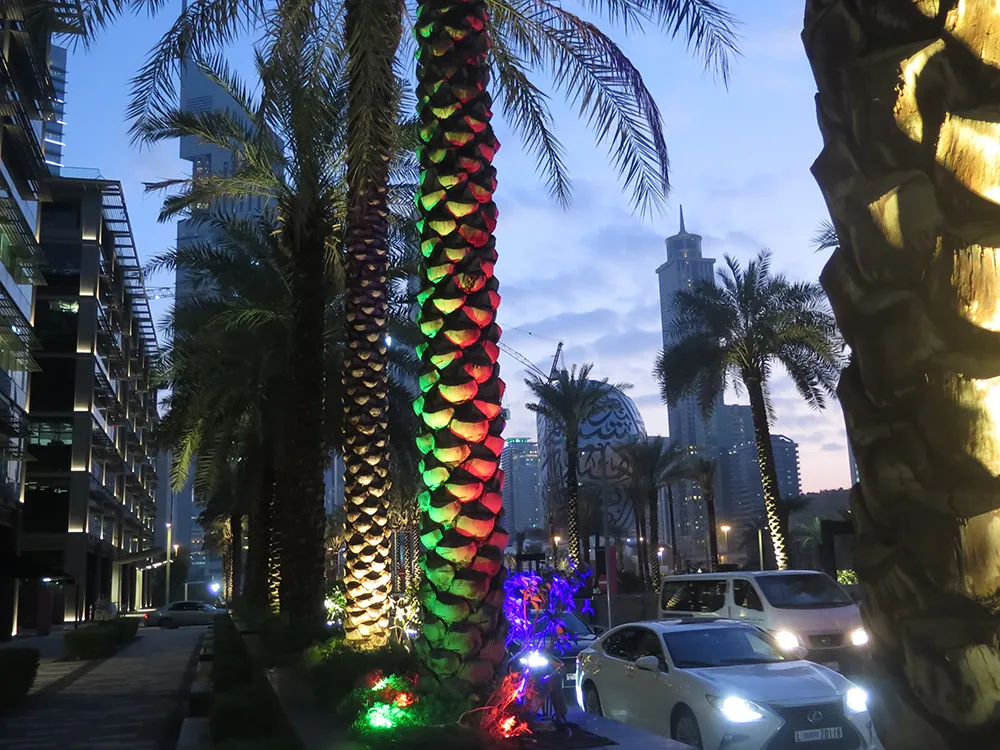January 15, 2021
Is a 170km-long strip of connected communities - linked by high-speed transit and AVs - really the future of urban development? Planners in Saudi Arabia think The Line is the answer to improving sustainability.






